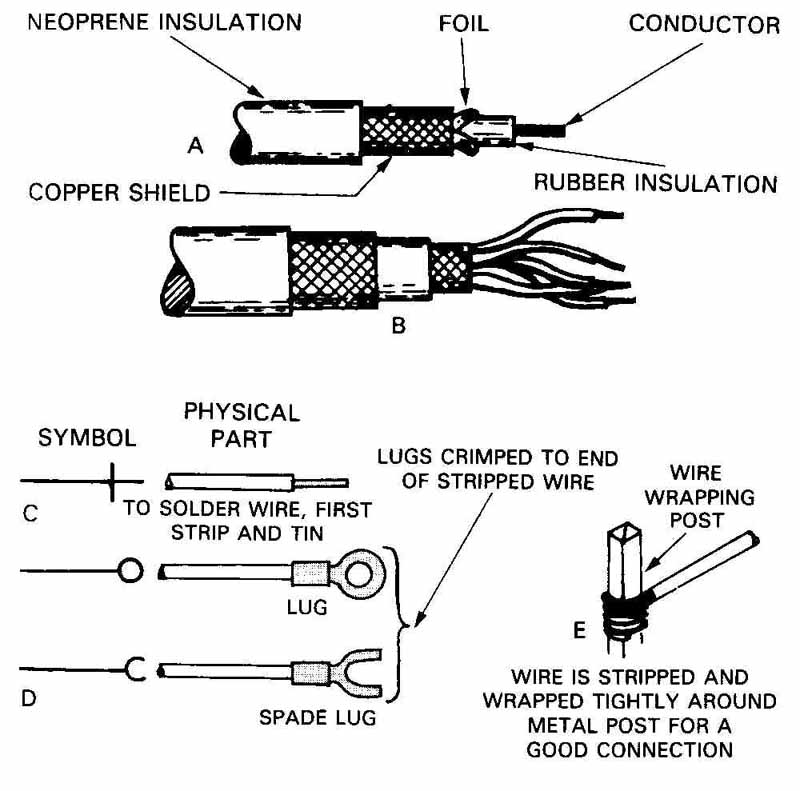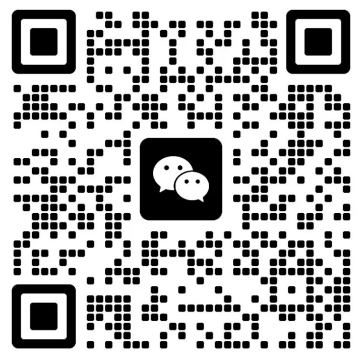What is a shielded wire?
A wire with a conductor wrapped by an outer conductor is called a shielded wire. The wrapped conductor is called a shield layer, which is generally made of braided copper wire or copper braid (aluminum). The shield layer needs to be grounded, and external interference signals can be introduced into the earth through this layer.
The shield layer of a shielded cable is mainly made of non-magnetic materials such as copper and aluminum, and its thickness is very thin, far less than the skin depth of metal materials used in frequency, the shielding effect of the shield layer is mainly not due to the reflection and absorption of the metal body itself to electric and magnetic fields, but due to the grounding of the shield layer. Different forms of grounding will directly affect the shielding effect. Different grounding methods can be used for electric field and magnetic field shielding. It can be ungrounded, single-end grounded, or double-end grounded.
The function of the shielded wire is to prevent interference signals from entering the inner layer and reduce the signal loss caused by conductor interference.
The shielded wire isolates the electromagnetic field noise source from the sensitive equipment and cuts off the propagation path of the noise source. Shielding can be divided into active shielding and passive shielding. The purpose of active shielding is to prevent the noise source from radiating outward, which is the shielding of the noise source; the purpose of passive shielding is to prevent sensitive equipment from being interfered by the noise source, which is the shielding of the sensitive equipment.
Structure: (ordinary) insulation layer + shield layer + wire; (advanced) insulation layer + shield layer + signal wire + shield layer grounding wire.
Note: When selecting shielded wires, the insulation layer of the shield layer grounding wire has conductive function, and can be conductive (with a certain resistance) with the shield layer.

Shielded wire connection method
One end of the shielded wire is grounded, and the other end is left floating.
When the transmission distance of the signal line is relatively long, the ground resistance at the two ends may be different or there may be current in the PEN wire, which may cause the potential difference between the two grounding points. If the two ends are grounded, a current may flow through the shield layer and interfere with the signal, so in this case, the method of grounding one end and leaving the other end floating is generally adopted to avoid such interference.
The shielding effect is better when both ends of the shield are grounded, but signal distortion will increase.
Please note: Two-layer shielding should be mutually insulated and isolated shielding! If there is no mutual insulation, it should still be regarded as a single-layer shielding!
Grounding both ends of the outermost shielding is because current is induced due to the potential difference introduced, thus producing a magnetic flux that reduces the source magnetic field strength, which basically cancels out the voltage induced when there is no external shielding layer.
For the innermost shielding, one end should be grounded, as there is no potential difference, it is only used for general electrostatic induction prevention. The following specifications are the best evidence!
"GB 50217-1994 Design Code for Power Cable" -- 3.6.8 Control cable metal shielding grounding method shall comply with the following regulations:
(1) For the shielding layer of the analog signal loop control cable of the computer monitoring system, two-point or multi-point grounding should not be formed, and centralized single-point grounding should be used.
(2) For the shielding layer of the control cable except for the single-point grounding required in (1), two-point grounding should be used when the electromagnetic induction interference is large, and single-point grounding can be used when the electrostatic induction interference is large.
For double shielding or composite total shielding, one point should be used for the inner and outer shielding layers.
(3) The selection of two-point grounding should also consider that the shielding layer should not be melted under transient current.
"GB50057-2000 Code for Lightning Protection Design of Buildings" -- Article 6.3.1 stipulates: ... when using shielded cables, the shielding layer should be connected to the same potential at least at both ends. When the system requires only one end to be connected to the same potential, two layers of shielding should be used, and the outer shielding should be treated as described above.
The principle is: 1. When the single-layer shielding is grounded at one end, no potential difference is formed, and it is generally used for electrostatic induction prevention. 2. For double-layer shielding, the outermost shielding is grounded at both ends, and the inner layer shielding is grounded at one end with the same potential. At this time, the outer shielding induces a current due to the potential difference, which produces a magnetic flux that reduces the source magnetic field strength, which basically cancels out the voltage induced when there is no external shielding layer.
If it is to prevent electrostatic interference, it must be grounded at a single point, whether it is a layer or a two-layer shield. Because the single point of grounding electrostatic discharge is the fastest.
However, except for the following two cases:
1, there is strong external current interference, single-point grounding can not meet the fastest discharge of static electricity.
If the cross-sectional area of the grounding wire is very large, to ensure that the fastest discharge of static electricity, the same single-point grounding. Of course, it is really that way, there is no need to choose two layers of shielding.
Otherwise, there must be two layers of shielding, the outer layer of shielding is mainly to reduce the intensity of interference, not to eliminate interference, which must be multi-point grounding, although the discharge is not finished, but must be weakened as soon as possible, to weaken, multi-point grounding is the best choice.
For example, the cable bridge in the enterprise is actually the outer shield, it is necessary to multi-point grounding, the first line of defense to reduce the intensity of the source of interference.
The inner shield layer (in fact, people will not buy double-layer cable, generally the outer layer is the cable bridge, the inner layer is the shield of the shielded cable) must be single-point grounding, because the external strength has been reduced, as soon as possible to discharge, eliminate interference is the purpose of the inner layer.
2, external electric shock and lightning protection and other safety requirements.
This situation must be two layers of protection, the outer layer is not used to eliminate interference, is for safety reasons, to ensure the safety of personal and equipment, must be multi-point grounding. Click here to learn more cable technology The inner layer is what prevents interference, so it must be single-point grounding.
To summarize:
Single-ended grounding:
1) Single-ended grounding of shielded cables is helpful to avoid interference from low frequency electric fields. Or it can avoid interference at frequencies where the wavelength λ is much larger than the cable length L. L
2) Single-ended grounding of the cable shield can avoid low-frequency current noise on the shield. Such currents cause common mode interference voltages internally and may interfere with analog devices.
3) Single-ended grounding of the shield is desirable for circuits that are sensitive to low-frequency interference (analog circuits).
4) Up and down fluctuations and permanent deviations in continuously measured values indicate low-frequency disturbances.
Double-ended grounding:
1) Make sure that the connection to the electrical cabinet or plug (circular contact) passes through a large conductive area (low induction coefficient). It is better to choose metal on metal than non-metal on non-metal.
2) Since some analog modules use pulse technology (e.g. processor and A/D converter integrated in the same module), it is recommended to shield the analog signals from each other to ensure a correct equipotential connection, and only in this case make a double-ended grounding.
3) Usually the transmission impedance of a metal foil shield is much higher than that of a copper braid shield, with a difference of 5-10 times, and cannot be used as a digital signal cable.
4) Occasional malfunction indicates high frequency interference. This is the wire isotropic connection can not be eliminated.
5) It is advantageous to ground the shield at multiple points other than the end of the cable.
6) Do not connect the shield to the pins to avoid the "pig tail" phenomenon.
7) Always pay attention to the parallel impedance of the shield should be less than 1/10 of its own impedance. cable bridges, mechanical frames, other shields or other parallel cables can make the system to equipotential.
8) If the cable shield gets hot when the shield is grounded at both ends, or if the shield fires when it touches the electrical control cabinet shell or shield bus, it means the equipotential connection is not reliable.


